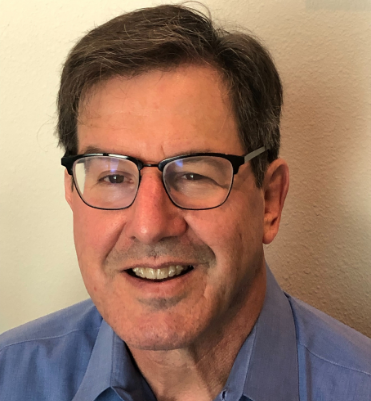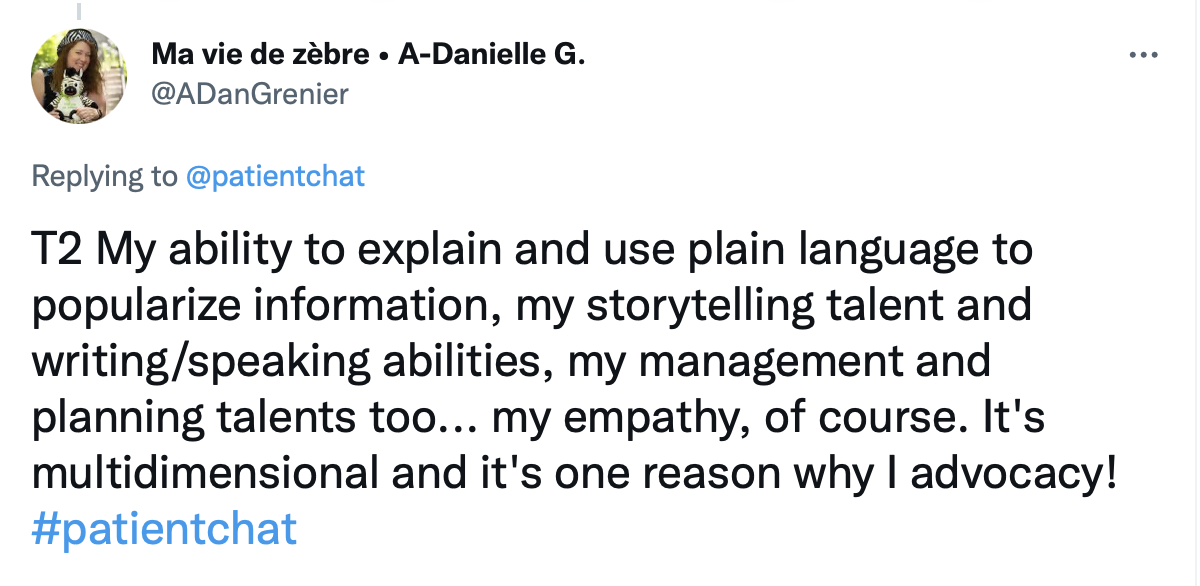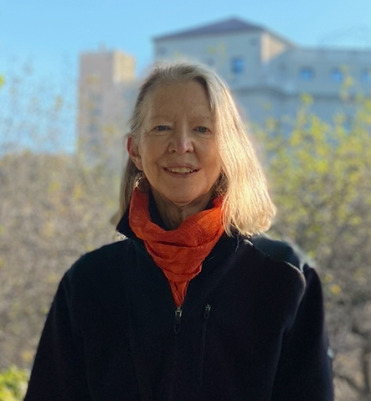Quizartinib in FLT3-ITD-Positive AML
Introduction
I generally think of treatments for AML as old, meaning they were around when I was diagnosed in 1992, or new ones that were developed after that. In the first 25 or so years since I was diagnosed, there were very few new treatments. In the last 5-7 years, however, there have been several new treatments. There are targeted treatments like, Ivosidenib (which I wrote about in November: Ivosidenib and Azacitidine for IDH1-Mutated AML) as well as Ventoclax which is used with a number of different drugs (Azacitidine, Decitibine and low dose Ara C). This post is about a new (to the U.S. anyway) drug, Quizartinib, which is used in AML patients who have a specific mutation FLT3 (fms-like tyrosine kinase 3), specifically a FLT3-ITD (internal tandem duplication) mutation.
Overview of FLT-3
There are two different mutations in the FLT3 gene, ITD and tyrosine kinase domain mutations (TKD). The most common mutation in AML is in the FLT3 gene. About 30% of AML patients have an FlT3 mutation, with FLT3-ITD mutations more common than FLT3-TKD ones. Some of the existing drugs for FLT3 mutations treat both. Midostaurin (Rydapt) and Gilteritinib (Xospata) are used in patients with either FLT3 mutation. Quizartinib is only used to treat patients with a FLT3-ITD mutation.
Current Study of Quizartinib
The current study, the results of which were presented at the 2022 European Hematology Association (EHA) Annual Meeting in Vienna, tested standard chemotherapy with Quizartinib or with a placebo, followed by maintenance with Quizartinib or placebo for 3 years. More than 500 patients with a FLT3-ITD mutation were treated in the trial. Quizartinib or a placebo were added to the “7+3” standard induction therapy, which consists of 7 days of cytarabine (Ara-C) plus 3 days of daunorubicin or idarubicin. Patients who were in remission after induction either went on to up to 4 rounds of high dose cytarabine consolidation with Quizartinib or placebo and/or an allogeneic (donor) stem cell transplant, followed by up to 3 years of maintenance therapy with Quizartinib or placebo.
The patients who received Quizartinib had a median overall survival of more than double the patients who received the placebo. Almost all patients in both arms experienced side effects of the treatment (emergent adverse events or AEs). This is not a surprise, most patients treated for AML have significant side effects. Patients who received Quizartinib had more side effects, in particular there was a higher incidence of significant neutropenia (low white counts) and more patients who received Quizartinib discontinued treatment because of adverse events. There were 56 treatment related deaths in the trial, somewhat more in those who received Quizartinib.
Quizartinib looks like a promising treatment for FLT3-ITD AML patients. I believe that this is the only randomized (Phase III) trial that has been completed of a drug that treats mutations in the FLT-3 gene along with standard chemotherapy. It will be interesting to see how it compares to other drugs for patients with FLT-3 mutations. On the downside, it is only used for FLT3-ITD mutations, unlike Midostaurin and Gilteritinib.
Further Reading
Quizartinib Doubles Overall Survival in FLT3-ITD-Positive AML, article from Medscape on the trial of Quizartinib and Chemotherapy, June 13, 2022.
Quizartinib Prolonged Survival VS Placebo Plus Intensive Induction and Consolidation Therapy Followed by Single-Agent Continuation in Patients Aged 18-75 Years With Newly Diagnosed FLT3-ITD+ AML, from 2022 European Hematology Association (EHA) Annual Meeting in Vienna.
Daiichi Sankyo’s survival data mean it may finally be ready to compete with Novartis’, Astellas’ marketed AML meds, an article from Fierce Biotech, which covers the biotechnology industry.
Xospata FDA Approval History, from Drugs.com, gives a history of the FDA approval of Xospata (gilteritinib).
Overcoming Resistance: FLT3 Inhibitors Past, Present, Future and the Challenge of Cure, Capelli, D.; Menotti, D.; Fiorentini, A.; Saraceni, F.; Olivieri, A. Cancers 2022, 14, 4315. A long journal article on treating FLT-3 AML (I have not read all of it).
FLT3 Inhibitor Quizartinib Improves Survival in AML reports on an older study showing patients with relapsed/refractory FLT3-ITD-positive AML have improved survival with Quizartinib, given as a single agent compared with standard-of-care chemotherapy. Medscape, July 02, 2018.

AML Network Manager
Art Flatau lives in Austin, Texas with his wife Gretchen. They have 2 grown children. He was diagnosed with Acute Myeloid Leukemia (AML) in 1992 at the age of 31, while still in graduate school at the University of Texas. Gretchen and Art’s kids were 2 and 4 at the time. He received chemotherapy (both induction chemotherapy and then consolidation). After graduating with a Ph.D. in computer science in December 1992. He relapsed in early 1993 and then had a bone marrow transplant (BMT), his brother was a perfect match.









